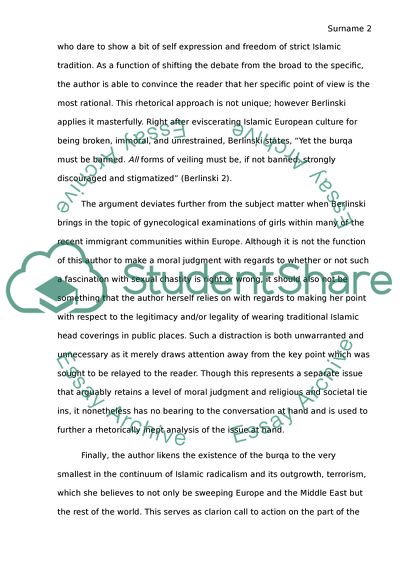Cite this document
(Claire Berlinskis Polemic Ban the Burqa Book Report/Review - 41, n.d.)
Claire Berlinskis Polemic Ban the Burqa Book Report/Review - 41. Retrieved from https://studentshare.org/sociology/1651199-essay
Claire Berlinskis Polemic Ban the Burqa Book Report/Review - 41. Retrieved from https://studentshare.org/sociology/1651199-essay
(Claire Berlinskis Polemic Ban the Burqa Book Report/Review - 41)
Claire Berlinskis Polemic Ban the Burqa Book Report/Review - 41. https://studentshare.org/sociology/1651199-essay.
Claire Berlinskis Polemic Ban the Burqa Book Report/Review - 41. https://studentshare.org/sociology/1651199-essay.
“Claire Berlinskis Polemic Ban the Burqa Book Report/Review - 41”, n.d. https://studentshare.org/sociology/1651199-essay.


